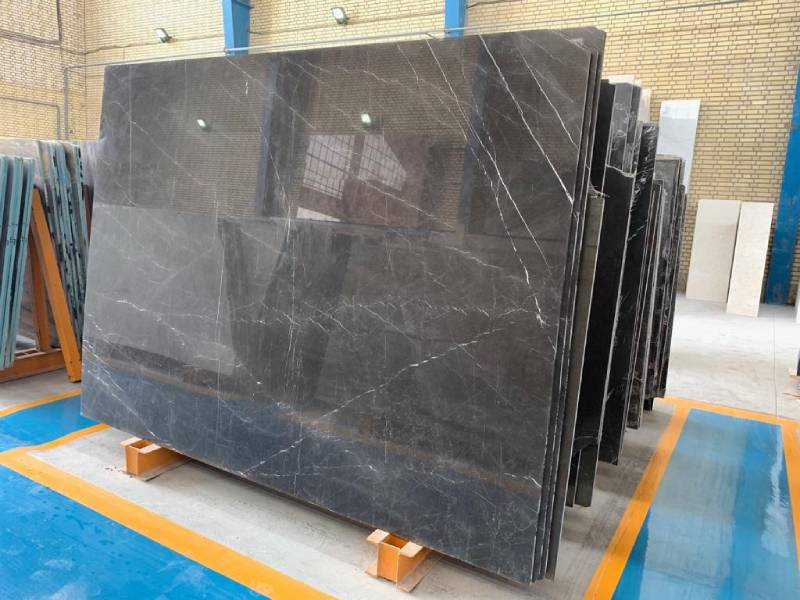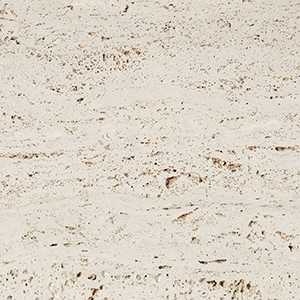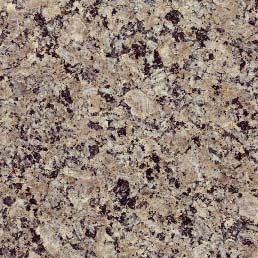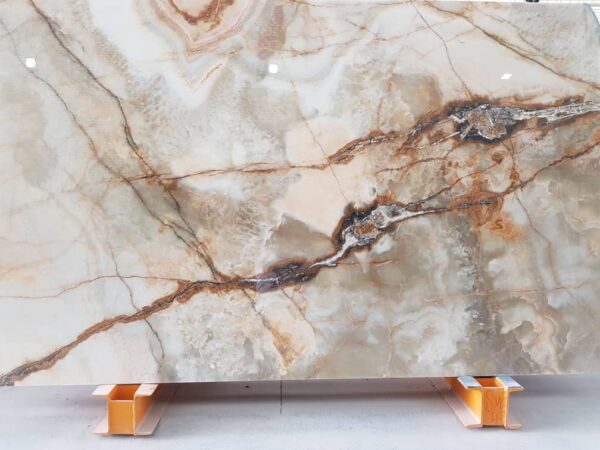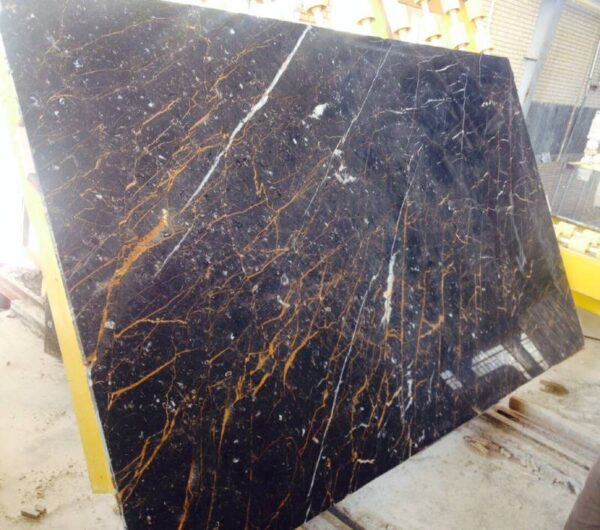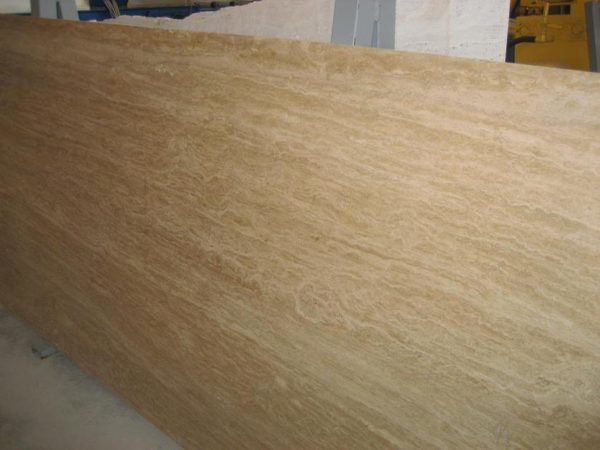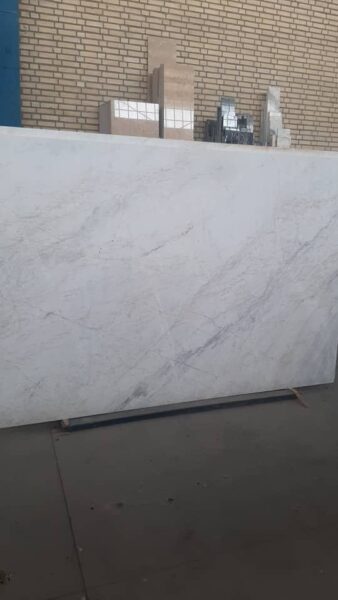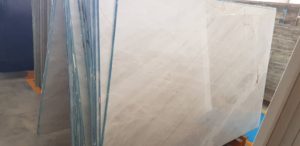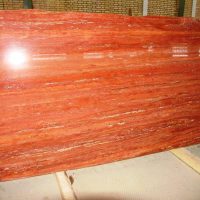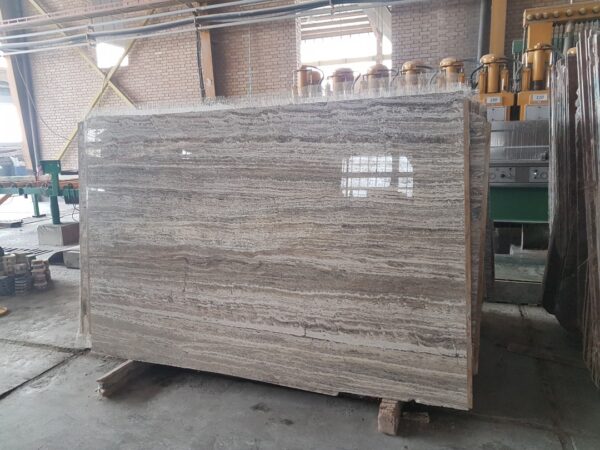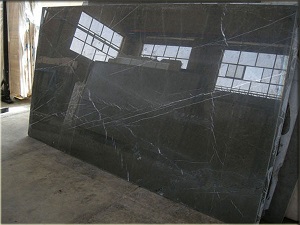What is travertine
Travertine is a white massive concretionary form of calcium carbonate Iran travertine stone slab, caco3 which is formed by calcium carbonate dissolving in ground water and then being deposited on the earth’s surface by rivers. Iran travertine stone slab or tiles for wholesale and export.
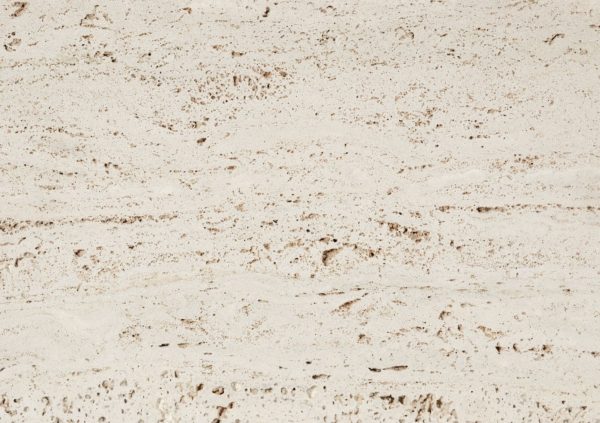

Iranian Yellow Travertine, tile, or slab for export
Iranian White cream Travertine
natural springs or geysers one of the most versatile, durable, and elegant-looking floor covers is none other than the one made from travertine.
travertine is part of the larger group of stones known as limestone (or calcium carbonate). this type of stone is formed when Subterranean water sources collect mineral deposits over thousands of years, eventually producing a smooth, porous stone.
Travertine is derived from limestone that has been heated and then propelled through the earth by water. Travertine is usually hard and semi-crystalline.
It has a layered appearance and is in pastel shades of almost beautiful colors and is banded as a result of the iron compound’s presence or some other impurities. Generally, travertine is less coarse-grained and takes a higher polish than stalactite or stalagmite whose chemical composition and origin are similar.
although referred to as “onyx” commercial trade, it has the hardness of calcite that is much softer than real onyx which is a black and white-banded agate.
in hardness, travertine is similar to marble. travertine tiles come in a variety of shades and one of the key differences between travertine and other types of stone used for flooring is that it is considered to be a material that is less slippery when wet, providing better grip and less friction.
Travertine is often used in the high-traffic areas of hotels, casinos, and shopping malls due to its reliability and trustworthiness under wet conditions.
Processing travertine tile
Travertine is removed from the earth in large blocks before it is cut into what can be recognized as travertine tile. it may be cut in any of the following ways :
Cross-out
The travertine is cut with the grain of the stone bedding and on the same layer as it is formed in the earth. this makes for a more uniform texture and color.
Vein cut
The travertine is cut across several layers of the stone bedding, making for a more mottled, tiger-stripe effect when cut into tiles.
After the travertine is quarried, it is strictly selected for color variances, and further assessed after it is cut for holes and chied edges.
Travertine types
Generally, there are four different styles or finishes that you can find in travertine tiles :
Polished travertine tiles
Probably the most flat and shiny piece of tile, hence its surface is highly reflective and smooth.
It is among the best in quality travertine tiles because polished tiles are only made from the hardest travertine and they are almost stain-resistant.
However, for a number of reasons, polished tiles are not a good choice for flooring, especially for families with children around because they can become very slippery when they are wet.
Filled and honed travertine tiles
These tiles have the same smooth and flat surface but not as shiny. Instead, they are more of a matte finish.
In the manufacturing process, most holes and pores of this natural stone are filled. this makes them more resilient to stains and less maintenance is required.
Though it does not look glossy, it is still slippery when wet. most of the time, they are used on the floor and walls of home kitchens, bathrooms, and showers.
Tumbled travertine tiles
A more decorative style of tiles with rounded edges is available in various sizes and colors. Usually, this is left unfilled after the tumbling process and this gave it a rustic look.
Unfilled tiles are regularly used as driveway pavement and patio walkways, while filled ones are great for floors and backsplashes in kitchens and bathrooms.
Due to their rough surface, they are good for paving around the pool too.
Chiseled and brushed travertine tiles
Similar to tumbled tiles, only that the sides of these tiles are chiseled away providing it a highly classical and antiquated look. They are great to be installed on other outdoor and wet areas. Outdoor travertine tiles can be left unfilled as long as they are not exposed to acidic spillage.
Travertine users
Travertine tile remains to be a highly diverse natural stone, suitable for all kinds of applications. history teaches us that there are no limits when it comes to the usage of travertine stone.
Travertine is a common material used in construction, and nature has its own uses for calcite deposits. Travertine tile is used as floor tile in both residential and commercial settings, as well as a decorative option for wall cladding and backsplashes.
Not only is this natural stone popularly used to tile and decorate the floor, but it looks just as appealing when being installed on the walls, backsplashes, and kitchen countertops as well.
Travertine tile has both indoor and outdoor uses, is a durable stone, and can be both functional and aesthetically striking. Iran travertine stone slab.
Travertine tiles that are installed properly can be long-lasting and will not chip or crack easily. Travertine was used in the ancient world, but can also be found as a major component of many modern buildings.
Iran travertine
Iran Travertine is one of the most frequently used Iranian stones in modern architecture and is commonly seen as facade material, wall cladding, flooring, and Versailles Pattern.
Travertine tile is one of the most frequently used stones for residential and office flooring projects but can also be used as facade material and wall cladding.
Because travertine tile is a completely natural stone, no two pieces are exactly alike which will create a very diverse pattern. Iran travertine stone slab.
Travertine tile will give your space a comfortable and natural look that is unique and will provide timeless beauty while accommodating heavy traffic.
In addition, adding a travertine tile floor will very likely increase the value of your home. The surface of Travertine is pitted with tiny, irregular holes and generally has ribbons or bands of color running through the tile.
Pure, white travertine is rare. More often the stone is colored because iron or naturally occurring organic impurities affected the stone while it was forming. Iran travertine stone slab
The stone comes in a wide range of warm colors that can work with different design palates.
The color could be anywhere from white, cream, tan, brown, golden, or caramel to yellow, red, or gray. When it comes time to grout you will have to decide on the look you prefer. There are two techniques for grouting the travertine.
The naturally existing holes can be Filled or left Unfilled. This is also called Antique Fill or Natural Look. When you plan to fill the holes the grout you select should be color-matched to the tile. The holes can also be filled with dust resin or epoxy.
Some favor the natural, warm look of the open holes, whereas others fancy the more polished, finished look of the filled holes. Whichever option you choose, the job is made easier by sealing the tiles first before you grout. Iran travertine stone slab.
Iran Travertine products consist of all types of tiles, with various finishings as well as honed & polished, tumbled, brushed, antique with chiseled edged, and Mosaic patterns compatible for use in floor and wall covering (Indoor and outdoor), Kitchen, Bathroom, interior design garden, commercial and office place.

